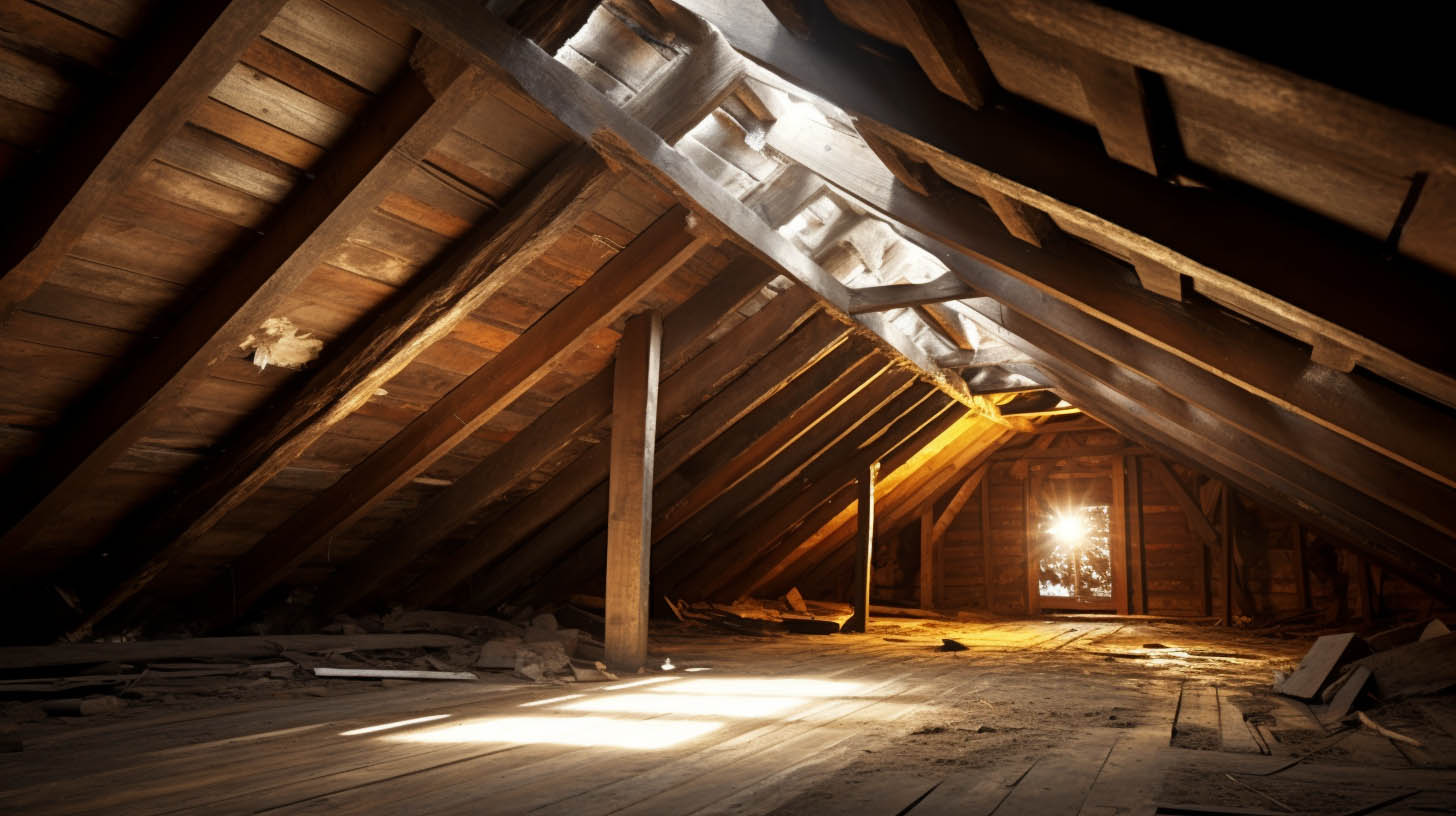
Essential Indicators of Inadequate Attic Ventilation
Understanding Attic Ventilation
Attic ventilation plays a pivotal role in maintaining the health and efficiency of your home. It involves the systematic movement of air in and out of the attic, ensuring a balance between air intake and exhaust. This process is crucial for regulating temperature and moisture levels within the attic space.
Key Signs of Poor Attic Ventilation
1. Rust Formation on Metal Components
One of the most apparent signs of inadequate attic ventilation is the presence of rust on metal components like nails, duct straps, and flashing. This rust indicates excessive moisture accumulation, a direct consequence of poor air circulation. Over time, this moisture can lead to significant damage, including leaks and structural weakening.
2. Ice Damming During Winter
Ice dams are a common issue in poorly ventilated attics. They occur when heat escapes from the attic, melting snow on the roof, which then refreezes at the eaves. This cycle can cause water to seep under shingles, leading to leaks and damage to the interior of your home.
3. Mold and Mildew Accumulation
A poorly ventilated attic creates an ideal environment for mold and mildew growth. These fungi thrive in warm, humid conditions, often resulting from stagnant air in the attic. This can lead to wood rot and compromise the integrity of your roof structure.
4. Excessive Heat in Attic Spaces
An unusually hot attic is a clear indicator of poor ventilation. This excessive heat can affect the comfort of your living spaces, increase energy costs, and accelerate the aging process of your roofing materials.
Strategies for Improving Attic Ventilation
Enhancing attic ventilation can be achieved through various methods, each tailored to address specific ventilation issues.
Passive Ventilation Solutions
Passive vents, such as gable, turbine, and turtle vents, rely on natural air movement. They facilitate the exit of hot air and the entry of cool air, improving the overall air circulation in the attic.
Active Ventilation Systems
Active ventilation systems, like solar-powered vents, proactively remove hot and humid air from the attic. Equipped with humidity sensors, these systems activate when a certain humidity level is reached, ensuring optimal attic conditions.
Conclusion
Inadequate attic ventilation can lead to a host of problems, from structural damage to increased energy costs. Identifying the signs of poor ventilation and implementing effective solutions is crucial for maintaining the health and efficiency of your home. For residents in Columbus, OH, MaxForce Roofing and Siding LLC offers expert advice and services to ensure your attic is properly ventilated, safeguarding your home against potential ventilation-related issues.

